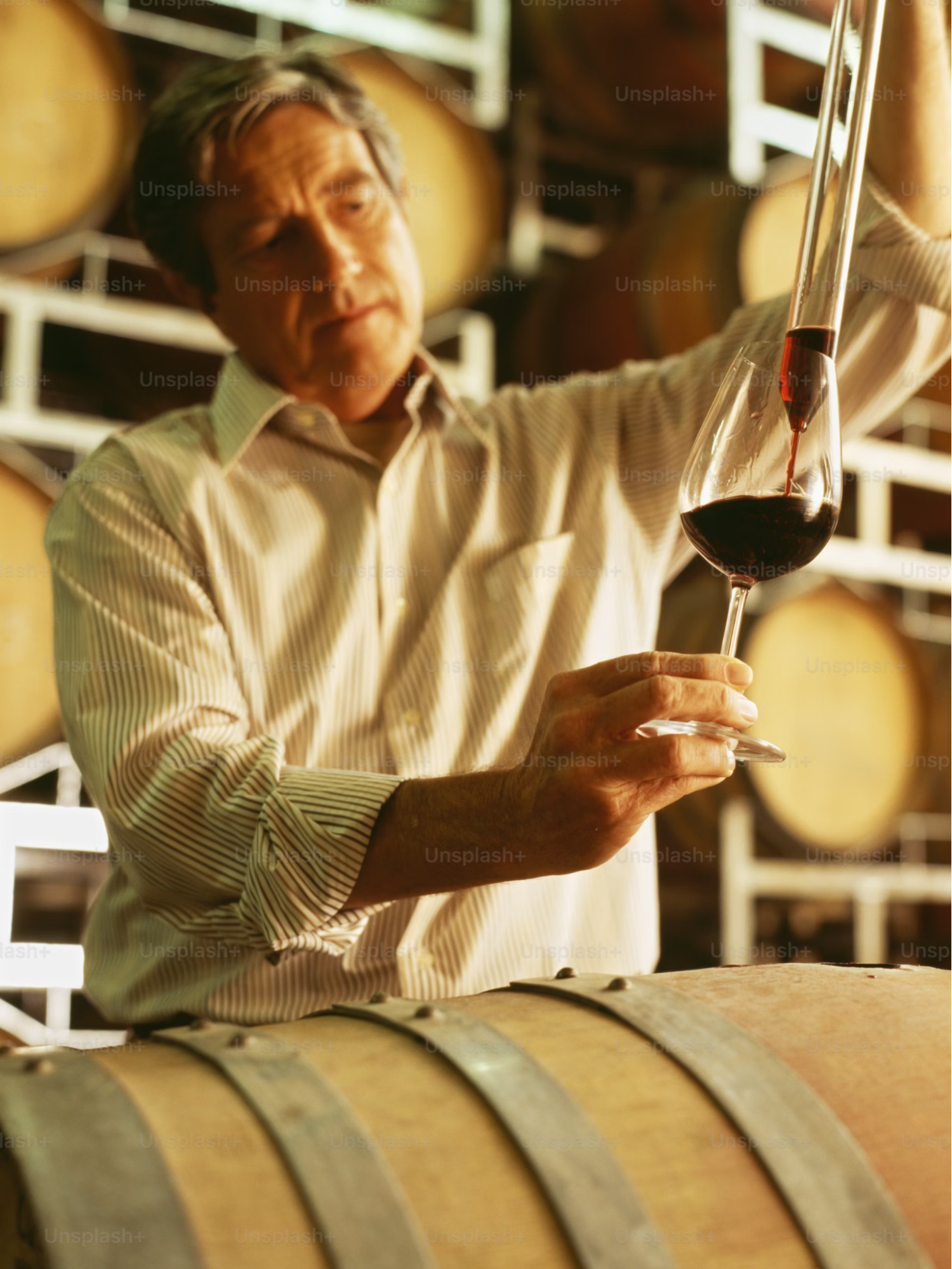- Wine Color/Type
- Top Occasions
- Unique Wines
- Surprise Me!
Winemaking Basics: Differences Between Blending and Co-fermenting
Demystifying the Art of Winemaking at Vinovoss
Blending and cofermenting are different winemaking practices (Photo: Unsplash)
As the world of wine continues to expand and evolve, so do the techniques employed by winemakers. Two such techniques that have been widely used are blending and co-fermenting. Though they may sound similar, these methods are quite different and can drastically vary the taste, aroma, and overall quality of your favorite wines. This article aims to shed light on the differences between blending and co-fermenting, and why understanding them can enhance your appreciation for the art of winemaking.
Blending: A Symphony of Flavors
Blending is a technique that involves mixing different types of wines after they have been fermented separately. The main goal of blending is to enhance the characteristics of wines and create a well-rounded, balanced flavor. For example, a winemaker might blend a fruity wine with a tannic one to achieve a perfect balance of fruitiness and structure. This process can also involve blending wines from different vintages, often referred to as a 'vertical blend'. This technique allows winemakers to smooth out variations in vintage quality, creating a more consistent product.
Certain wine regions have gained international acclaim for their artful and deliberate blending of grape varieties, a practice that has become a hallmark of their winemaking identity. Bordeaux, France, stands out as a paragon of blended wines, particularly in its red blends, where Merlot, Cabernet Sauvignon, Cabernet Franc, Petit Verdot, and Malbec often combine to create harmonious and complex cuvées. The Rhône Valley is celebrated for both its red and white blends, with Châteauneuf-du-Pape being a notable example. In Spain, the region of Rioja is renowned for its Tempranillo-dominant red blends, while Priorat showcases captivating blends often featuring Garnacha and Carignan. These regions emphasize the artistry of the winemaker in marrying different grape varieties to produce wines that boast a unique balance of flavors and textures, showcasing the terroir and traditions of each respective area.
Co-fermenting: An Intricate Balance
Co-fermenting, on the other hand, involves fermenting different types of grapes together at the same time. This method encourages the different grape varieties to interact and influence each other during the fermentation process, resulting in a more harmonious and complex wine. For example, in the Northern Rhone of France, winemakers frequently co-ferment Syrah with a small amount of Viognier, a white grape, to enhance the aroma and color of the wine. Co-fermenting can be a riskier process than blending as the winemaker has less control over the final product. However, when done correctly, the results can be truly outstanding.
Cofermentation is a distinctive technique employed in low intervention winemaking, emphasizing a minimalistic approach to grape processing. This process promotes the natural biodiversity of the vineyard, as the various fruits contribute their unique characteristics to the final wine. Furthermore, cofermentation often involves the use of native or wild yeasts present on the grape skins, avoiding the addition of commercial yeasts. By allowing fermentation to occur spontaneously, winemakers practicing low intervention aim to capture the true essence of the vineyard and express the unique terroir in the wine. Cofermentation aligns with the broader philosophy of minimal intervention winemaking, seeking to showcase the purity of the grapes and their environment while minimizing additives and technological manipulation in the cellar. The resulting wines often exhibit a nuanced complexity and a genuine reflection of the vineyard's natural attributes.
Blending or Co-fermenting?
The question of whether blending or co-fermenting results in a better wine is the choice made by the winemakers depending on the grapes, vintages, winemaking traditions and the wine styles they want to achieve. Some swear by the layered complexity that blending can offer, while others prefer the depth and harmony achieved through co-fermentation. At Vinovoss, we offer a range of both co-fermented and blended wines, each crafted with care and precision to ensure the highest quality. Whether you prefer the bold intensity of a co-fermented Syrah or the smooth consistency of a blended Cabernet Sauvignon, our selection has something to suit every palate.
In the end, understanding the differences between blending and co-fermenting can greatly enhance your wine-drinking experience. Not only does it give you a deeper appreciation for the craftsmanship involved in winemaking, but it can also help guide your choices when selecting a wine. Remember, the best wine is not necessarily the one that has been fermented using the most complex method, but rather the one that brings you the most enjoyment. So why not explore our range at Vinovoss and discover your new favorite wine today?
Latest articles

